A pergola can instantly elevate any backyard, patio, or deck—providing both architectural charm and functional shade. But while pergolas are often thought of as relatively simple structures, building one comes with its own set of challenges. If you’re not careful, design and installation mistakes can lead to poor durability, ineffective shading, or even safety concerns.
Whether you’re tackling a DIY project or planning a professional install, knowing what to avoid is key. In this guide, we’ll walk through the most common pergola construction mistakes—and how to build a structure that’s safe, stylish, and built to last.
Mistake 1: Misjudging Pergola Height
One of the first decisions you’ll face is how tall your pergola should be. Many homeowners either go too low—creating a cramped space—or too high, which compromises shade and structural integrity.
Why pergola height matters:
A pergola that’s too short may feel claustrophobic, especially on decks with pergolas
Too tall and it won’t provide effective shade or visual cohesion with your home
Improper height can make it difficult to install lighting or a retractable pergola canopy
How to avoid it:
The ideal pergola height is usually 8 to 10 feet, depending on the intended use. For pergolas placed over an outdoor dining area, 8 feet is sufficient. For walkways or open patios, 9–10 feet offers a more expansive feel without sacrificing shade.
Mistake 2: Choosing the Wrong Materials
Your pergola needs to endure wind, rain, UV rays, and sometimes snow—so the material matters. Many buyers select based solely on appearance without factoring in durability or maintenance needs.
Common material pitfalls:
Softwoods like pine may warp or rot if not treated
Uncoated metals may rust over time
Vinyl offers low maintenance but limited aesthetic appeal
How to avoid it:
Choose the best material for pergola based on your climate, design goals, and upkeep expectations. Cedar is a popular choice for its natural resistance to decay and insects, but it does require maintenance. Powder-coated aluminum is another excellent option, especially if you want a modern look with minimal care.

Mistake 3: Ignoring Cedar Pergola Maintenance Needs
A cedar pergola is stunning straight out of the box—but it won’t stay that way unless you put in the effort. Cedar naturally weathers to a silvery gray, and without treatment, it may crack or discolor prematurely.
Common care mistakes:
Skipping annual sealing or staining
Allowing debris to collect on beams
Neglecting to clean the surface before weather changes
How to avoid it:
Develop a basic cedar pergola maintenance schedule. Clean it with a mild soap solution every spring, and reseal or stain every 1–2 years, depending on your climate. Covering it with a retractable pergola canopy also helps reduce UV exposure and moisture damage.
Mistake 4: Skipping Shade and Weather Planning
A pergola’s main function is to offer shade—but not all designs deliver. Without thoughtful placement and optional shading systems, you might be left with more sun than shelter.
Shade-related issues:
East- or west-facing pergolas may offer poor midday shade
Slats without an overhead canopy allow excessive sun exposure
Rainwater may pool if drainage isn’t considered
How to avoid it:
Consider adding a retractable pergola canopy to create adjustable shade throughout the day. These canopies allow you to adapt to changing weather, protect furniture, and reduce direct sunlight during peak hours. Position your pergola to block the harshest sun angles, ideally with slats running east to west.
Mistake 5: Poor Integration with Decks or Existing Structures
For homes with decks with pergolas, alignment and support become critical. Many installations suffer from loose anchoring, uneven footing, or improper attachment to house siding or railings.
Integration mistakes:
Not anchoring posts securely into deck joists
Overloading the deck without checking weight capacity
Inconsistent spacing or symmetry with existing design
How to avoid it:
Use appropriate brackets and hardware to secure posts to deck framing—not just surface boards. If unsure, consult with a contractor or engineer to ensure the structure won’t stress the deck. Match your pergola’s design elements—like stain or hardware—to existing architecture for seamless style.
Final Tips for Flawless Pergola Construction
Even with the right materials and measurements, details matter. Here are a few last tips to ensure your project goes smoothly:
Pre-drill holes to avoid splitting wood
Level each post before attaching crossbeams
Use galvanized or stainless steel hardware to prevent rust
Read instructions thoroughly if using a Sunjoy pergola kit
Measure twice, cut once
The beauty of a well-built pergola is in its harmony with its surroundings. With proper planning and attention to detail, your backyard structure can be as long-lasting as it is beautiful.
Sunjoy’s Expertly Crafted Pergola Options
At Sunjoy, we design pergolas that balance craftsmanship with ease of installation. Our pergolas include both cedar and aluminum options, with thoughtful features like built-in hooks, pre-drilled components, and retractable pergola canopy systems.
Looking for a stylish solution for decks with pergolas or patio upgrades? Explore our curated collection and find the right fit for your space—without the usual headaches of construction missteps.

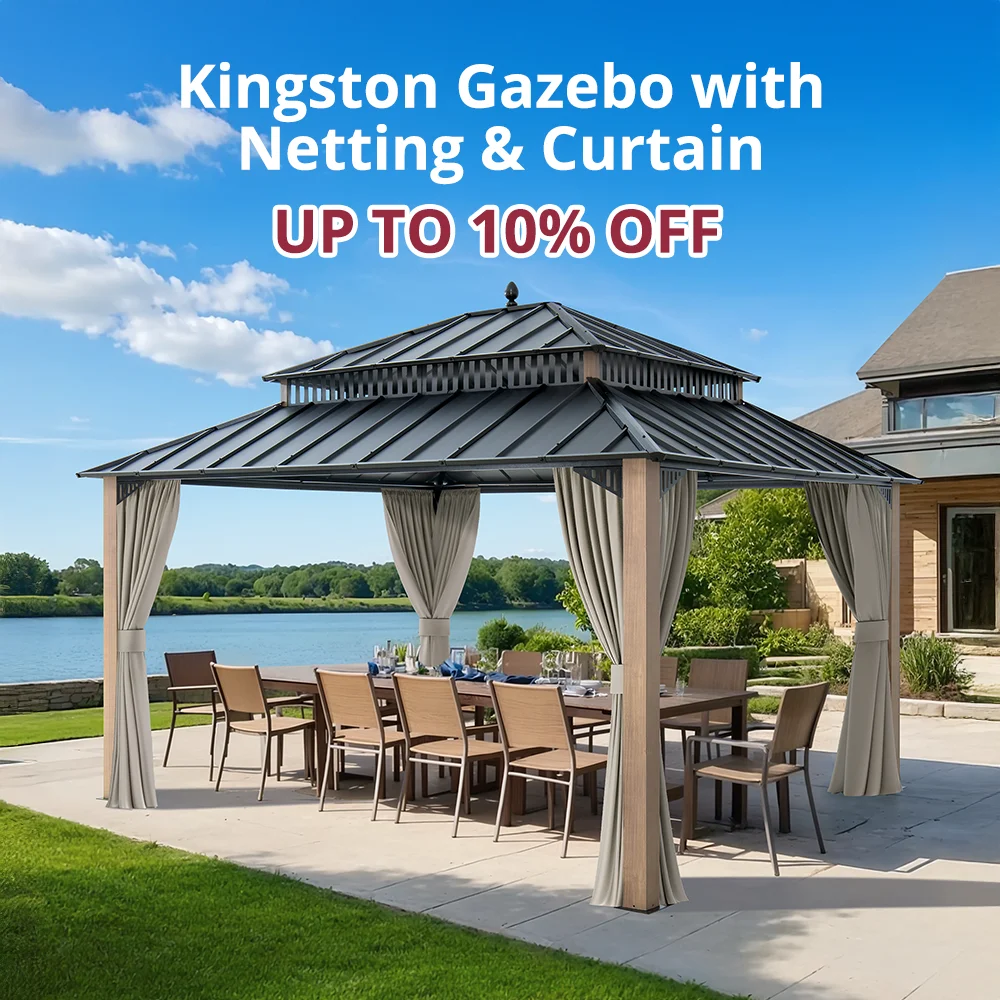
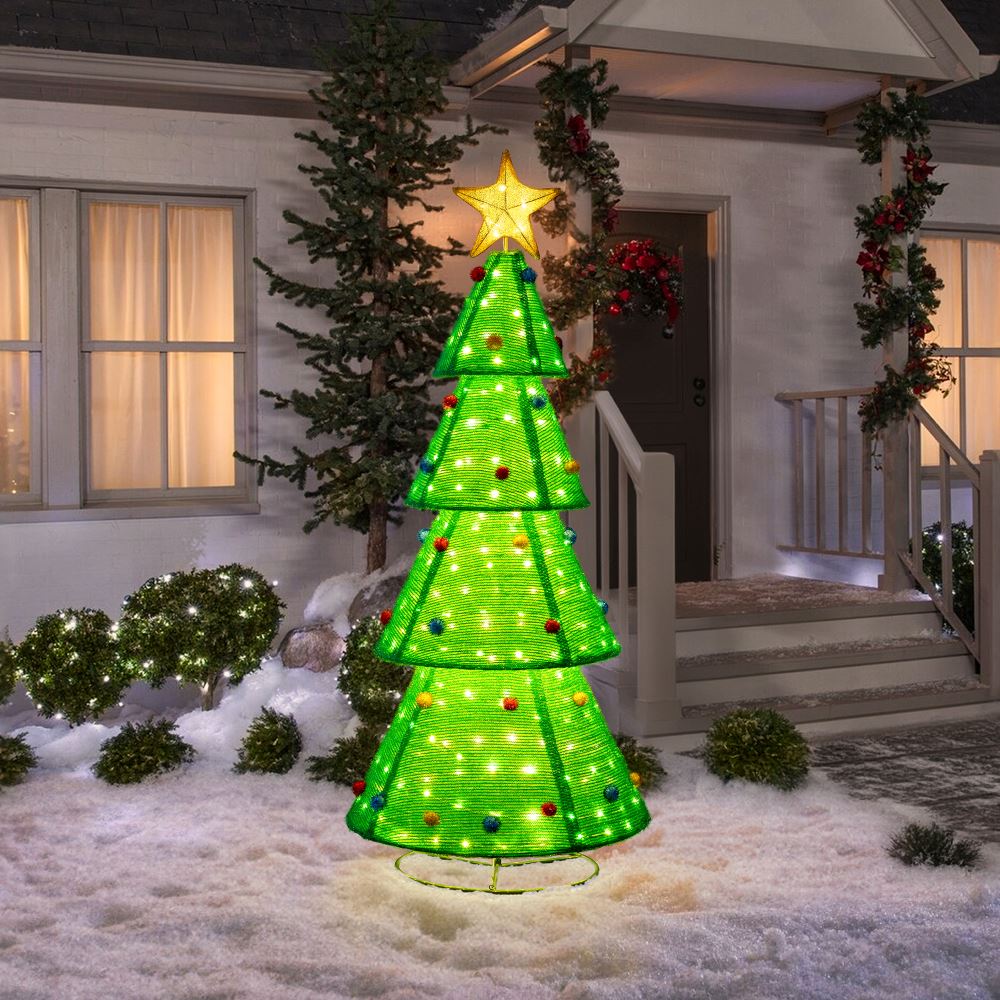
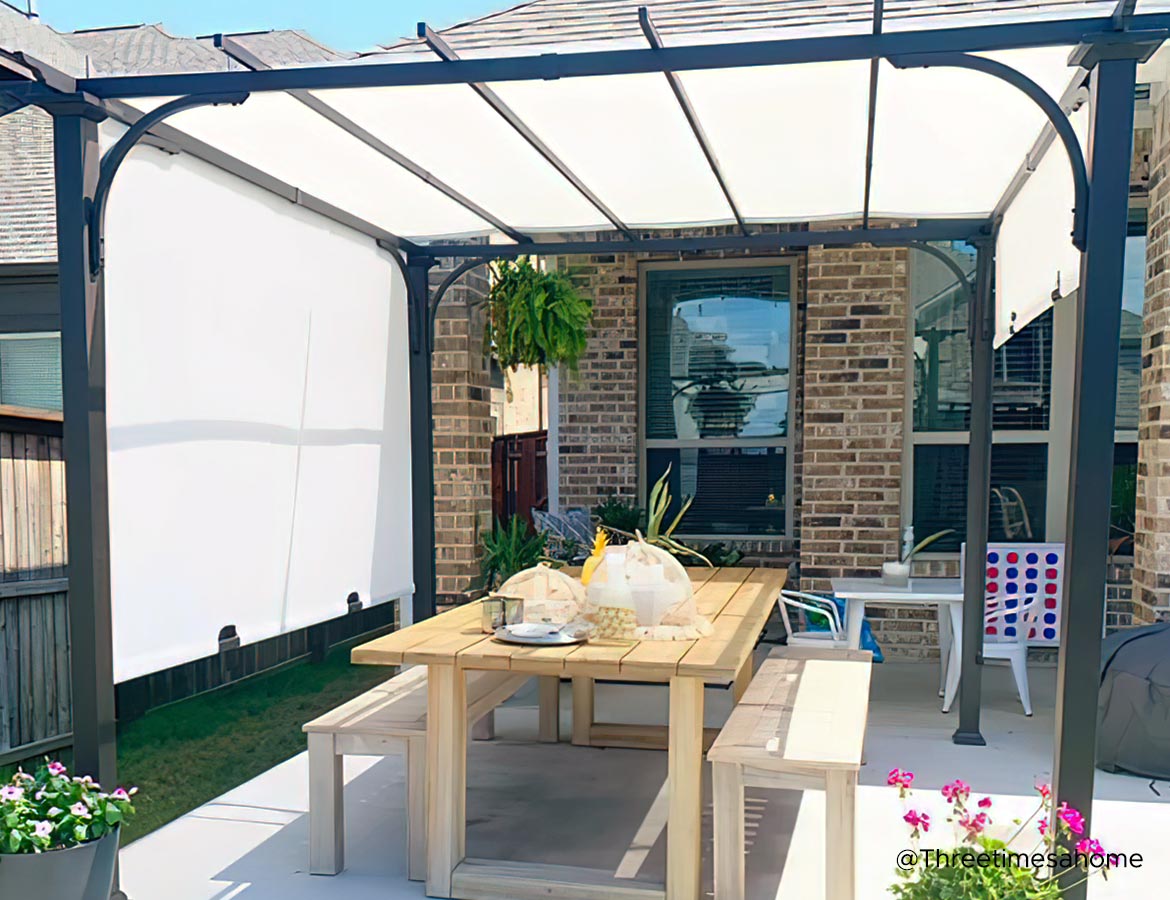
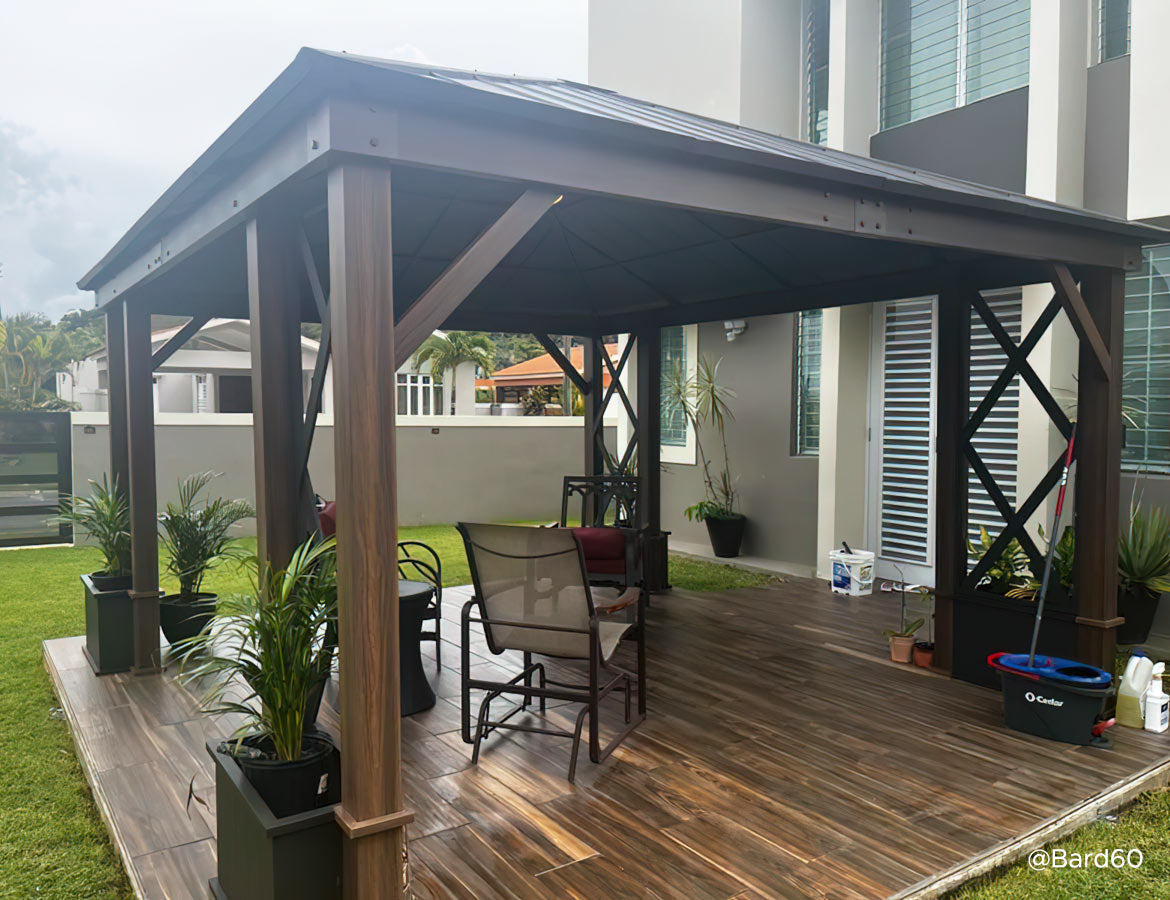
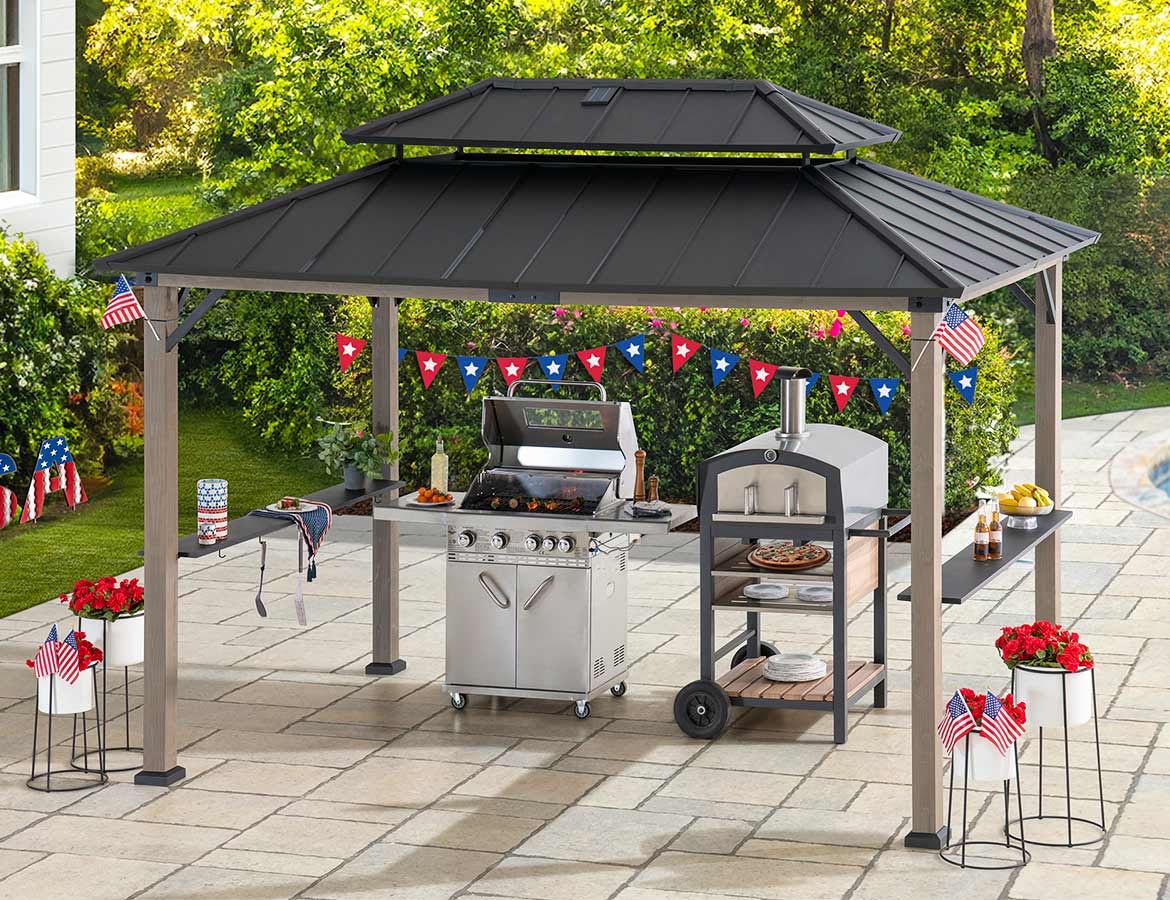
Leave a comment
All comments are moderated before being published.
This site is protected by hCaptcha and the hCaptcha Privacy Policy and Terms of Service apply.